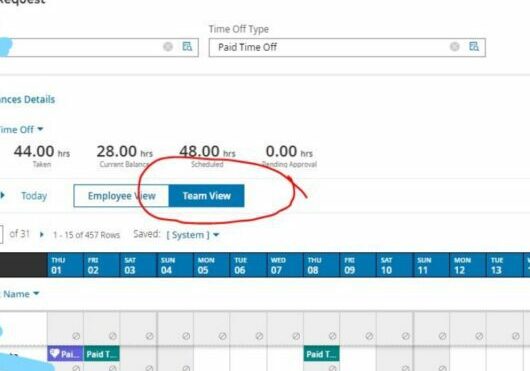Fostering Transparency in the Workplace
by Paul Devlin

Transparency is not just a buzzword but a foundational element of a thriving organizational culture. But what does transparency in a professional setting really mean? At its core, workplace transparency involves open, honest communication between all members of an organization, from the C-suite to frontline employees. It’s about making processes, decisions, and communications accessible and understandable to everyone, ensuring that employees feel informed, valued, and connected to their organization’s mission and goals.
The Power of Transparency
Transparency fosters a sense of belonging and trust among employees, which in turn can lead to higher job satisfaction, increased productivity, and reduced turnover. One of the most successful examples of transparency in action is the “open-book management” style, where companies share financial data with all employees, helping them understand how their day-to-day actions impact the company’s bottom line. Another example can be found in organizations that hold regular town hall meetings, providing updates on company performance, strategic direction, and allowing employees to voice concerns or ask questions directly to leadership.
Yet, implementing transparency is not without its challenges. Concerns around confidentiality, information overload, and potential misuse of sensitive information can arise. Furthermore, a shift towards greater transparency requires a cultural change that not all employees or managers may readily accept.
Strategies for Promoting Transparency
For Employers:
- Implement an Open-Door Policy: Encourage employees to speak freely with their supervisors or HR about any concerns, suggestions, or ideas they might have.
- Regular Updates: Hold regular meetings to update employees on company performance, future plans, and other relevant information. This reduces rumors and misinformation.
- Encourage Feedback: Create channels for employees to provide feedback anonymously. This can help surface issues that may not be discussed openly.
- Lead by Example: Leadership should model transparency in their actions and communications. When leaders are open, it sets a precedent for the rest of the organization.
For Employees:
- Be Honest in Your Communications: Share your thoughts, feedback, and suggestions in a constructive manner. Honesty fosters trust and encourages others to be transparent with you.
- Ask Questions: If something isn’t clear, ask for clarification. Seeking information can sometimes encourage a more open flow of communication.
- Support a Culture of Openness: Engage with initiatives or programs that promote transparency. Your participation can encourage others to do the same.
Navigating the Challenges
While fostering transparency, it’s essential to strike a balance between sharing information and maintaining confidentiality when necessary. Not all information is suitable for wide dissemination, and understanding what to share and what to keep confidential is crucial. While there are challenges to its implementation, the benefits far outweigh the potential drawbacks. By adopting strategies that promote open communication and foster an inclusive environment, both employers and employees can enjoy a more harmonious, productive, and fulfilling work experience.



